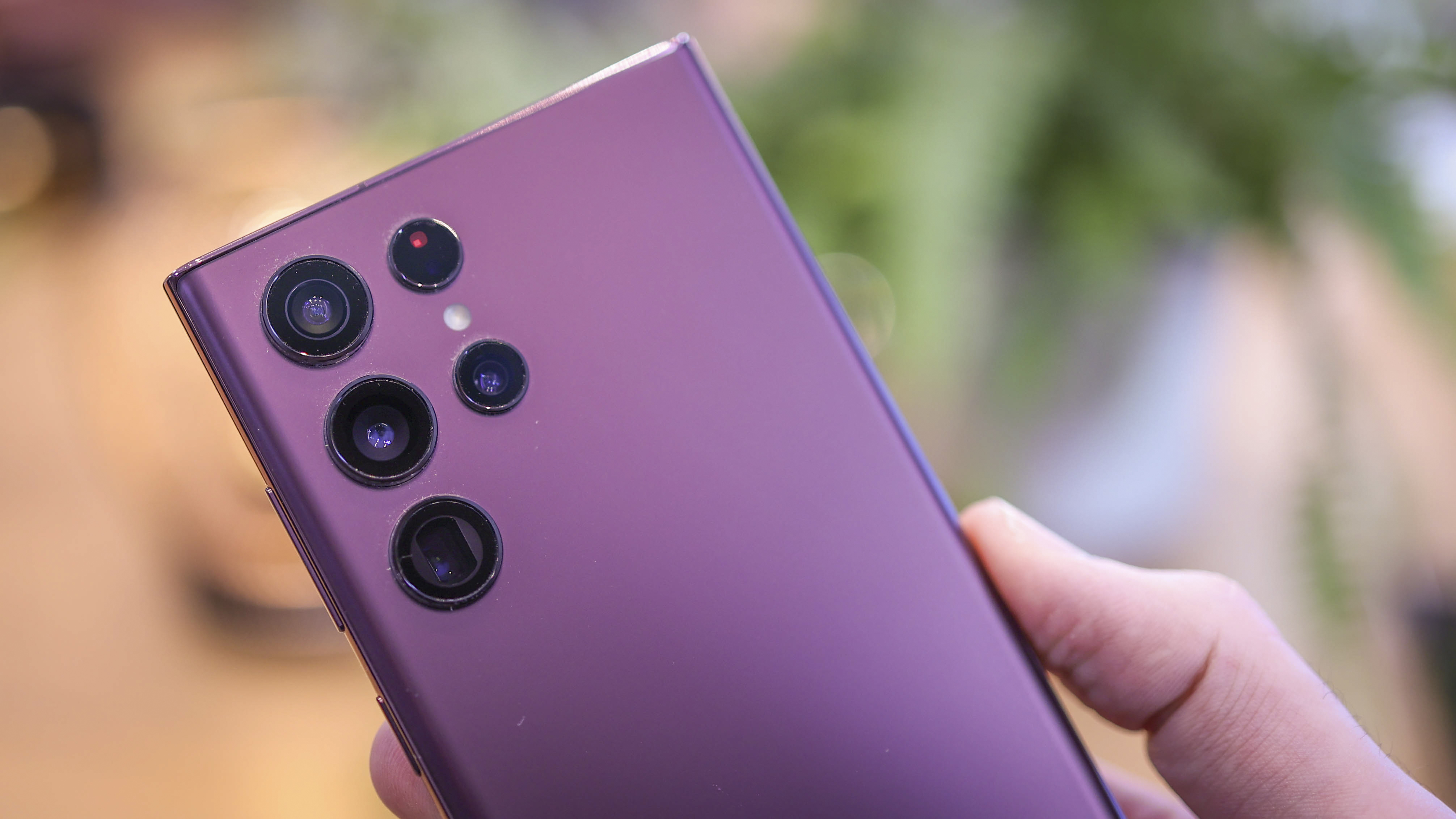Samsung announces smallest 200MP smartphone sensor yet
Samsung's ISOCELL HP3 image sensor features smaller pixels and better autofocus than its predecessor for slimmer phones

Samsung has announced the 200MP ISOCELL HP3, the image sensor with the industry’s smallest 0.56-micrometer (μm)-pixels. The new sensor is big news for the smartphone industry as it will enable manufacturers to keep ramping up image quality in their best smartphones, while simultaneously keeping them slim.
“Epic resolutions beyond professional levels for smartphone camera users.”
JoonSeo Yim, Samsung
“Samsung has continuously led the image sensor market trend through its technology leadership in high resolution sensors with the smallest pixels,” said JoonSeo Yim, executive vice president of sensor business team at Samsung Electronics. “With our latest and upgraded 0.56μm 200MP ISOCELL HP3, Samsung will push on to deliver epic resolutions beyond professional levels for smartphone camera users,” Yim continued. A bold claim indeed, but the ISOCELL HP3 certainly looks impressive on paper, featuring some of the smallest pixels we’ve seen to date, yet boasting technology including autofocus capability in every pixel, binning for better low light shots and multi-gain ISO for maximum dynamic range.
• Best Samsung phones today
Small is beautiful
Impressively, the ISOCELL HP3 features a 12 percent smaller pixel size than the predecessor’s 0.64μm, packs 200 million pixels in a 1/1.4-inch optical format – the diameter of the area that is captured through the camera lens. Essentially, this means that the new sensor can enable an approximately 20 percent reduction in camera module surface area, allowing smartphone manufacturers to keep their premium devices slim.
The ISOCELL HP3 comes equipped with a Super QPD auto-focusing solution, which put simply means that all of the sensor’s pixels have auto-focusing capabilities. Furthermore, Super QPD uses a single lens over four-adjacent pixels to detect the phase differences in both horizontal and vertical directions – which Samsung says will allow for more accurate and quicker autofocusing.
Users of smartphones benefiting from the new 200MP sensor will be able to take videos in 8K at 30 fps or 4K at 120fps, with minimal loss in the field of view when taking 8K videos.
Low-light hero
The ISOCELL HP3 is also being touted as a low-light hero by Samsung and with good reason – its Tetra2pixel technology combines four pixels into one to transform the 0.56μm 200MP sensor into a 1.12μm 50MP sensor, or a 12.5MP sensor with 2.24μm-pixels by combining 16 pixels into one. This means that the technology enables the sensor to simulate a large-sized pixel sensor to take brighter and more vibrant shots even in low-light conditions - we can wait to test it.
The best camera deals, reviews, product advice, and unmissable photography news, direct to your inbox!
To maximize the dynamic range of the new mobile image sensor, Samsung has equipped it with an improved Smart-ISO Pro feature. The technology merges image information made from the two conversion gains of Low and High ISO mode to create HDR images. The upgraded version of the technology comes with a triple ISO mode – Low, Mid, and High – that further widens the sensor’s dynamic range.
The improved Smart-ISO Pro also enables the sensor to express images in over 4-trillion colors (14-bit color depth), which is 64 times more colors than the predecessor’s 68 billion (12-bit). Lastly, thanks to supporting staggered HDR along with Smart-ISO Pro, the ISOCELL HP3 can switch between the two solutions depending on the filming environment to produce high-quality HDR images.
Samsung said Isocell HP3 will go into mass production this year but gave nothing away in terms of which smartphone models will be first to benefit from the new sensor.
Rachael is a British journalist with 18 years experience in the publishing industry. Since working on www.digitalcameraworld.com, she’s been freelancing, and contributing to some of the world’s best-loved websites and magazines including T3.com and TechRadar.com and has also had a book, iPad for Photographers, published. She's currently acting as editor of 5GRadar.com - a website specializing in the latest cellular technology.


